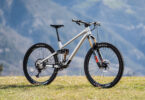How to train for the Trans-Provence as an amateur
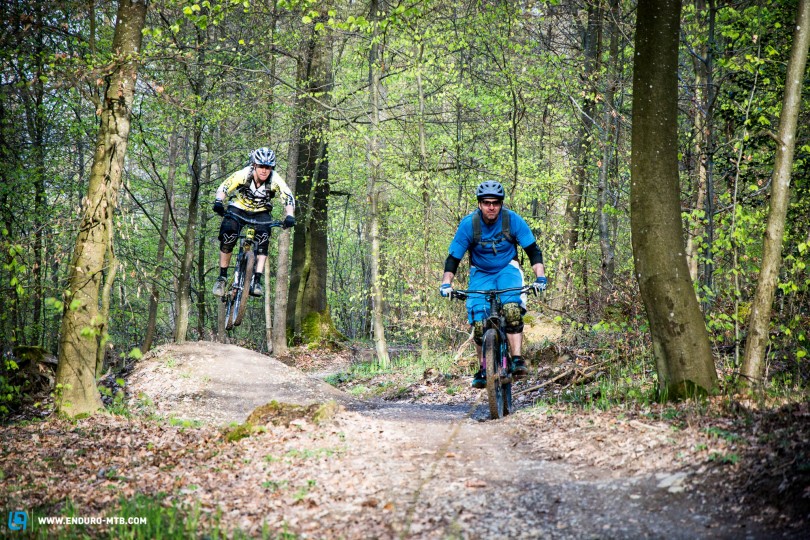
We follow amateur rider, Gareth Rose, as he prepares for the race of his life: the 2016 Trans-Provence. After giving us an insight into his mental preparation and planning in part one of this series, it’s now time to take a closer look at the physical challenges. Over half way through training for the demanding race, learn about what has gone well, and what not so well, as Gareth looks back and plans towards the final ten weeks of preparation.
At the end of November last year, I was granted a starting place for the Trans-Provence 2016, the famous multi-day enduro race, regarded as one of the toughest races of its type. As a rider who has ridden as a passionate amateur, with my frequent racing days behind me, I was immediately aware that, like Channing Tatum and Rocky Balboa before me, there was a path of sweat, pain, raw eggs, chicken-chasing, and cold showers coming up. Over the last four months, I have been through different stages and methods of training which I’ll explain further.
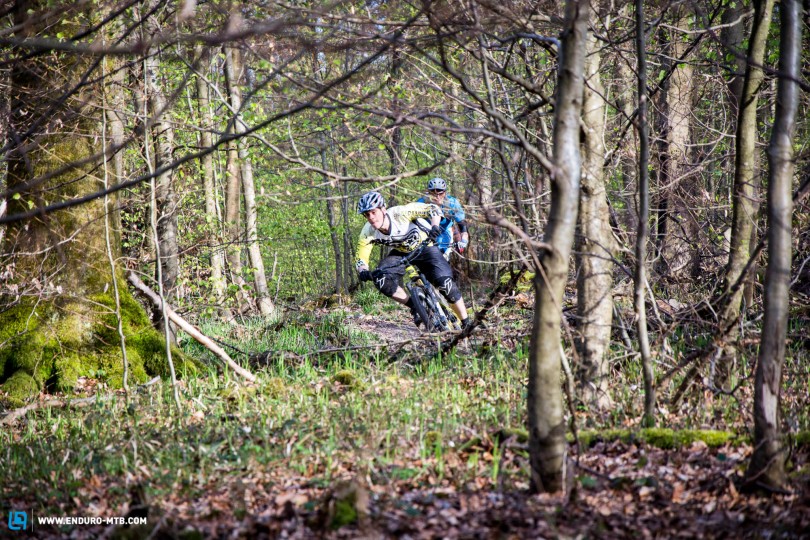
The early days
With the benefit of hindsight, I can look back at my December and January training, like a grown up who considers his or her naive teenage self: well-intentioned. With all of the core characteristics of their grown-up persona, but tragically naive, foolish, liable to excessive risk-taking, over enthusiastic, and dumbly poking their way through experiences where a delicate touch and balancing of fine forces will lead to a better all-round result.
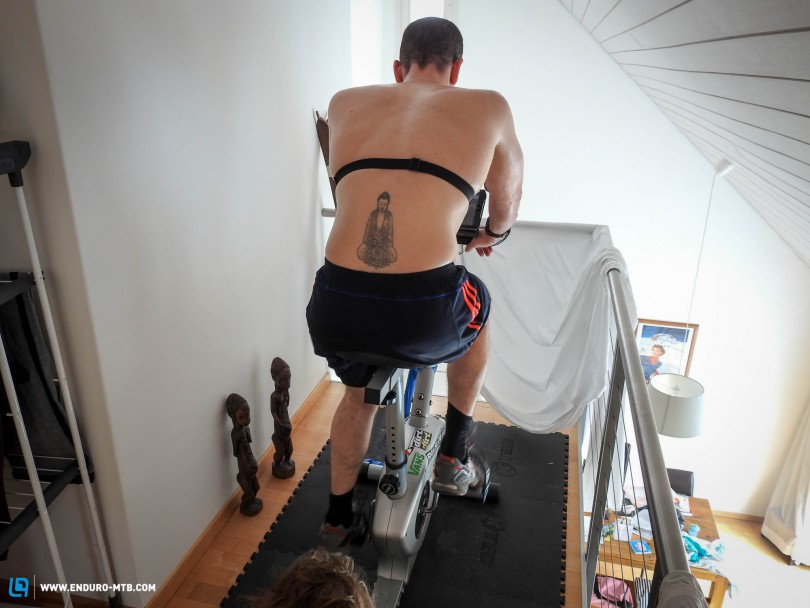
Considering the Trans-Provence is a six-day enduro race, covering up to 12,000 m of climbing, my initial objective was a training regime which would enable me to endure such a long time on the bike. Making it through each day, and being ready to face the next day was the aim – similar to how a road rider might be approaching a multi-day mountain crossing, or staged race.
To give my training structure, I adapted a BCF (British Cycling Federation) road cycling multi-day race training programme. The core principles expounded in this programme are that over a 13 week period, a rider completes a module of training. Each week, the intensity levels increase, with every fourth stepping down the intensity to give the body plenty of time to recover. Each week consists of two to three 2-3 hour rides, and an all day ride at the weekend. Using this format, I wrote out a plan, and also scheduled a different strength workout for roughly every other day. Monday – press ups, Wednesday – sit ups, Friday – lower back, etc.
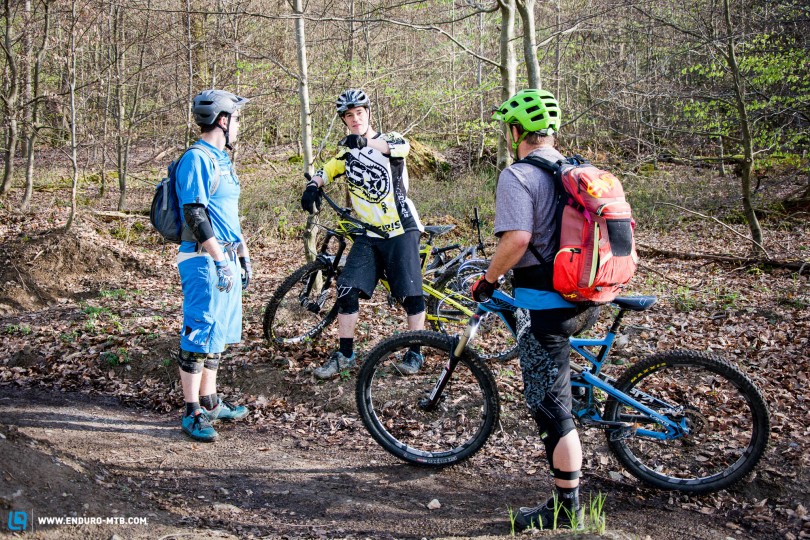
Like a Rocky training montage, albeit with fewer hooded-tops, raw eggs, and frozen meat, but more merino and knobbly tyres, off I went. I live in Zurich, which is in Switzerland. Switzerland is rightly associated with mountains and snow, so starting this off in December meant I was often on my bike, fitting in the rides around work and family, so out of the door at five a.m. as the snow was falling. Rocky’s trainer, Mickey, would have been proud! My primary mode of measuring progress then was the amount of vertical meters ascended, and distance travelled each week. For ten days over Christmas I didn’t have access to a bike, so jogged for an hour a day 4-5 days a week.
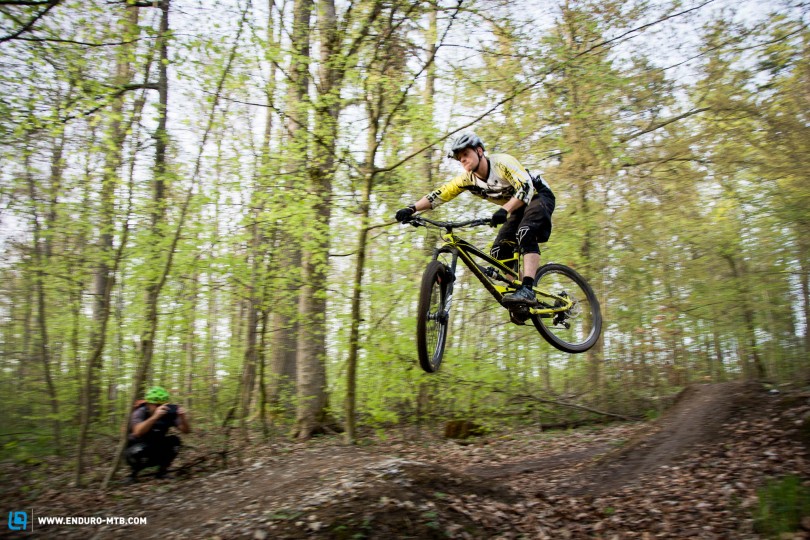
What kind of results did I have with this plan? Just like that enthusiastic, yet naive teenager I made some progress but it wasn’t pretty, and it certainly wasn’t efficient. I had gains in my stamina and endurance, which (roughly) means my ability to withstand prolonged exertion at lower intensity: it got a lot easier to sit and spin the pedals up long climbs. I lost some weight too. However, my strength training hadn’t gotten off the ground- I was missing it, as the time on the bike was taking up everything, up to 12 hours a week.

The trails were as sloppy as Volkswagen’s emission testing if they were rideable at all, so it was difficult to compare factually before and after training speeds at this time. However, I don’t believe I was getting faster coming down the trails, as it didn’t feel faster. All this time on the bike in horrible conditions, travelling around Europe for my work, and balancing dad/husband duties was a one way street to overtraining and an infection, which meant a setup in training for a couple of weeks.
So, during my Trans-Provence teenage years of training I learned a few things:
- Doing more does not necessarily mean getting better results from training
- An event which needs all-around athleticism needs training for all-around athleticism
- Although, yes, Rocky Balboa is a legendary champion in the world of fictional boxing, he knows jack-shit about mountain biking. Chasing chickens?? What were you thinking!
- If you need to do a multi-day road race, the BCF has a great Olympic medal winning, programme available for free. If you are riding a multi-day enduro, it makes great material for starting a post ride BBQ.
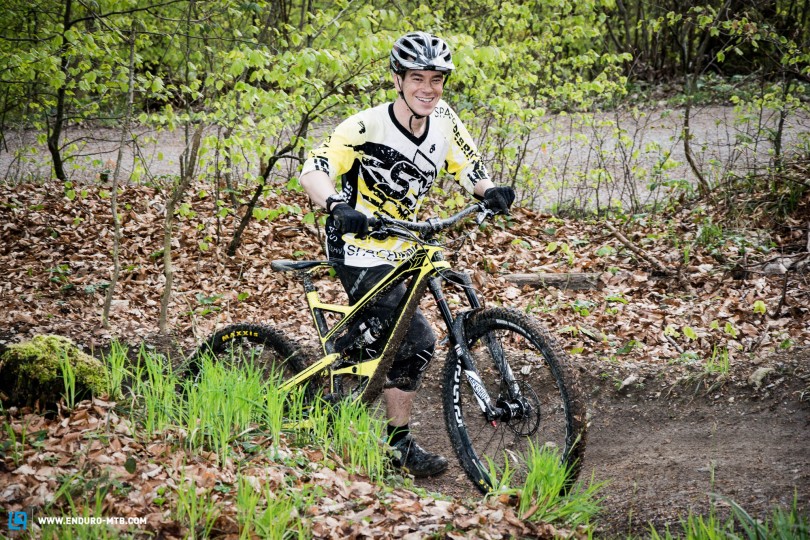
Coming of age
While researching my training options I made contact with some experts in the field. Like the post-teenage Luke Skywalker meeting Obi-Wan, I felt a shift in my training trajectory and future, after a chat with Ben Plenge from MTB-Strength Factory. Ben works with the likes of Chris Hutchens, EWS racer, and a number of Elite level DH teams who are hitting podiums in the first rounds of this season’s racing. Ben also supports the less-elite rider who is shooting for performance gains overall. Ben explained in very clear language that my training was misaligned to my purpose.
To survive, or perhaps even be competitive in such a race, one needs the inherent fitness and stamina to make it through each day, however focusing on the endurance element alone is not the best way to make it through each day in good condition. Each day on the Trans-Provence, I will sprint, pull, push, jump, squat, as I race down the Alps. I will probably crash a couple of times through the week, and will need to carry my bike for long periods on occasion. Training which prioritises the stamina does not produce the fitness required for sprinting or sustained technical riding.
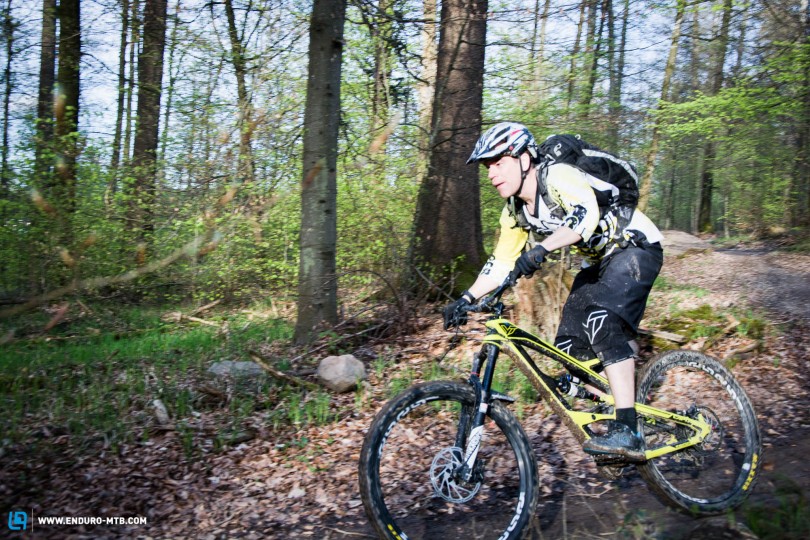
For the last couple of months, training has looked very different to the early days in December. My schedule follows a similar principle as the BCF programme, in that the intensity is always increasing, and I work to a four-week cycle. However, each minute is focused, and targeted on achieving concrete results.
Rather than spend hours climbing as much as possible, my focus has turned to interval training on the bike. I will ride for a period at my maximum level heart rate zone, recover, and repeat. The intensity of the workout increases progressively over the weeks. There are variations to this formula which stimulate power generation, fatigued technical riding, and building anaerobic fitness. This is an overly simplified explanation of a method which increases sprint ability, maximum possible/threshold performance (like a car’s bhp), and stamina gains being a side-effect rather than the goal. This work on the bike work is coupled with an achievable, structured, holistic strength programme, which builds the whole body to perform specifically for MTB with each workout.

And what of performance now that Luke Skywalker has been spending time with Obi-Wan? Well, I am not swinging my light sabre (YT Capra) at Darth Vader (erm, Nico Lau? Sorry Nico) yet. But the motivational words of Yoda (T-Mo?) are ringing in my ears – ‘there is no try or try not, only do, or do not’. I feel fitter and stronger than I ever have been, and am enthuse looking forward to the next phases of training. I have become strong enough to ride at my best for longer, and fit enough to go through more cycles of sprinting on a trail before feeling dead. When I hit that point, I am then recovering faster, and feeling fresher before dropping into the next trail.
All of this and I am spending less time training than I was in the early days. That has been as expected as losing weight on a diet of burgers and beers, but thankfully means less stress because I don’t need to plan to train myself and I have slightly more time for balancing the other parts of life. Going into the next ten weeks or so, the frequency, and intensity will take more steps forwards. With my new understanding of the force, and a Jedi master at my back, the threats I fear the most are injury and illness. I have learned a tremendous amount, and right now have an enjoyable, positive experience of training. My main learns since moving to a more professional and informed approach to training:
- Stronger riders are faster riders – no matter how sharp one’s bike handling skills. Strength on the bike means being able to corner better, keep speed, and build speed for longer.
- Training smarter not harder and avoiding overtraining are simple ideas to understand – making sure these ideas are achieved is not so easy though.
- Generally speaking, building fitness through the highest heart rate or power capacity, leads to gains in other areas of fitness, such as stamina. Typically, this also means building sprint ability, leg and core strength. This doesn’t work the other way around.
- Obi-Wan is a Jedi master of the force and a master of MTB training.
We will continue to follow Gareth along his path of preparation, stay tuned for future episodes. In case you missed the first episode, you can read it here: How an average rider prepares for the Trans-Provence.
Text: Gareth Rose Photos: Phillip Holmes
Did you enjoy this article? If so, we would be stoked if you decide to support us with a monthly contribution. By becoming a supporter of ENDURO, you will help secure a sustainable future for high-quality mountain bike journalism. Click here to learn more.


